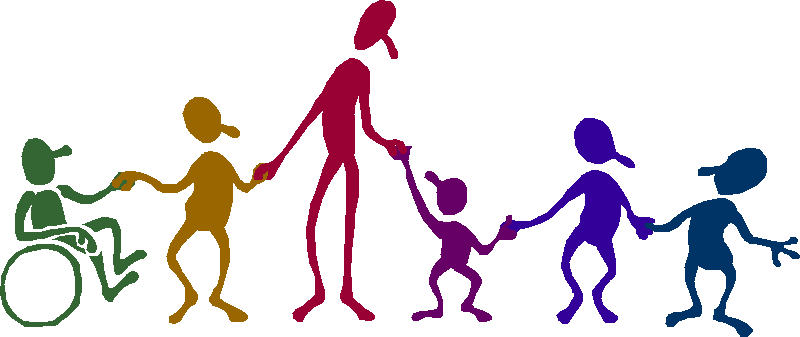Changing the World of Modeling
- Josey Jagielo
- Nov 5, 2015
- 3 min read
Those with intellectual and physical disabilities deal with discrimination both professionally and in everyday life. In some cases, they can find themselves being treated as though they are less than people without disabilities. For example, if a disabled person sends in their resume for a job application and then they go in for an interview, the employer may decide that the disabled person is unfit for the job even though their resume matches up well with the position. These stigmas are preventing disabled people from living their lives like any other person. They should be given the same opportunities and amount of respect, whether it is in various social situations or in the pursuit of their careers.
In the fashion industry today, models seem to be held by a certain standard—tall, petite, and gorgeous. Well things are starting to be stirred up a little bit because of a few people with a dream. One of those being Madeline Stuart, 18, an Australian model with Down syndrome who decided she wanted to make a difference in the world of modeling. She wanted to show to others like her that they can do whatever they want to do and that beauty is not confined to only one type of girl.

“It’s about fighting the fight for all the people out there that are a bit different that need to be loved.” – Stuart’s Mother
Her family has mentioned that her being involved in modeling is primarily used for her platform to spread the word of inclusion and anti-discrimination towards people with disabilities. Using the world of fashion, a place where everyone usually looks more of the same, bringing forth a different approach and changing the perspective of people who would not usually be models.
Stuart uses social media to document her endeavors to her almost 490,000 likes on Facebook. Social media is also the way our campaign I Am Not___ is being spread. Sharing similar values in that people with disabilities should not be limited because of how they look or how inaccurately they are perceived to be.
This is a news segment from Australia, Madeline Stuart’s home country, giving her back-story and her journey.
“It all started with a Facebook page set up by her mother Rosanne. They wanted to share positive images of her daughter living with a disability.”

The problem with the fashion industry is that they usually veer towards those without disabilities because that is the norm. Jack Eyers, an amputee and trainer who works with Models of Diversity says, “I don’t think, in fashion, people are viewing [models with disabilities] as attractive.” This is why people like Madeline are stepping up to counter this and to show that there is not just one type of beauty.
One fashion designer, Carrie Hammer, has incorporated real role models in her shows, including those with disabilities. In New York’s Fashion Week 2014, Hammer’s show, Role Models Not Runway Models, included American Horror Story’s Jamie Brewer, the first runway model with Down syndrome, and the first model in a wheelchair named Danielle Sheypuk. Hammer wanted her designs to connect with all types of people. Hoping to empower and inspire women and men of different body types and different abilities by presenting them in a new light. This really did start a conversation and truly inspired other fellow designers to follow in her footsteps to advocate inclusion.
Jamie Brewer was on the Meredith Vieira show in this clip below. She is a proud advocate for people with disabilities.
"You try, you fail, you try, you fail, but the only true failure is when you stop trying." -Jamie Brewer's Life Motto
Below is a quick video of Danielle Sheybuk answering some questions about what she stands for and how she wants to help those with disabilities. Sheypuk has been advocating for equal treatment amongst disabled for years, specifically when it comes to dating, relationships, and sexuality.
Although these are amazing steps toward true acceptance and inclusion of people with disabilities into the modeling world, it will still take quite a bit of time for it to become the norm. The goal is to not have cover stories that exploit models with disabilities, only highlighting the differences between models. Hopefully, we can advance as a society to a point where these models will be referred to just like any other model. They will no longer be “that model with Down syndrome” or “this model with prosthetic legs.” One day, they will be perceived like any other model that has come before them.




















Comments